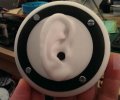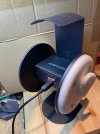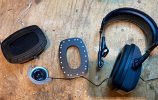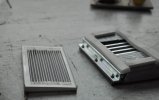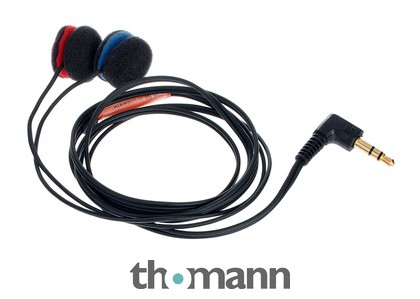- Thread Starter
- #21
If you're uncertain whether the acoustics of your room or speakers are up to this, then you could also try what Harman did in their reference room. And EQ the speakers to a flat in-room response at the listening position using a standard omni-directional mic. Then do some measurements at the same listening position with your in-ear or in-pinna mics. That will give you just the tonal response for each individual's pinnae, minus most of the room-related effects.
Combine the above pinnae responses with the in-room response curve of your choice using something like the stack feature in EAPO's Config Editor, and you should have a reasonably good reference curve for the in-pinnae response of your headphones.
If you want to save a couple steps, then you could simply try to EQ your speakers to match your preferred in-room response curve (rather than a flat response) at the listening position using the omni mic. And then just re-measure their response at the same position with your in-pinna mic, to get your in-pinna target for the headphones. Separating the pinna's response from the room effects, as in the first example, might make it a bit easier to experiment with some different kinds of in-room response curves though.
There is a wealth of in-room data from which to derive a reference in-room response curve in the spinorama data here btw...
Or you could just use a simple slope that's somewhere in the -1 dB per octave range for this. And then adjust the tilt a bit until it sounds right in your EQ tests.
I don't know yet how the experiments will be conducted in detail; so far I have only measured the LP response with Audyssey set on subwoofers (<100 Hz) using my OM1 microphone. I will need to re-measure using the ear-mics with and without body-head using 0 and 90° angles of the microphones.
Last edited:


